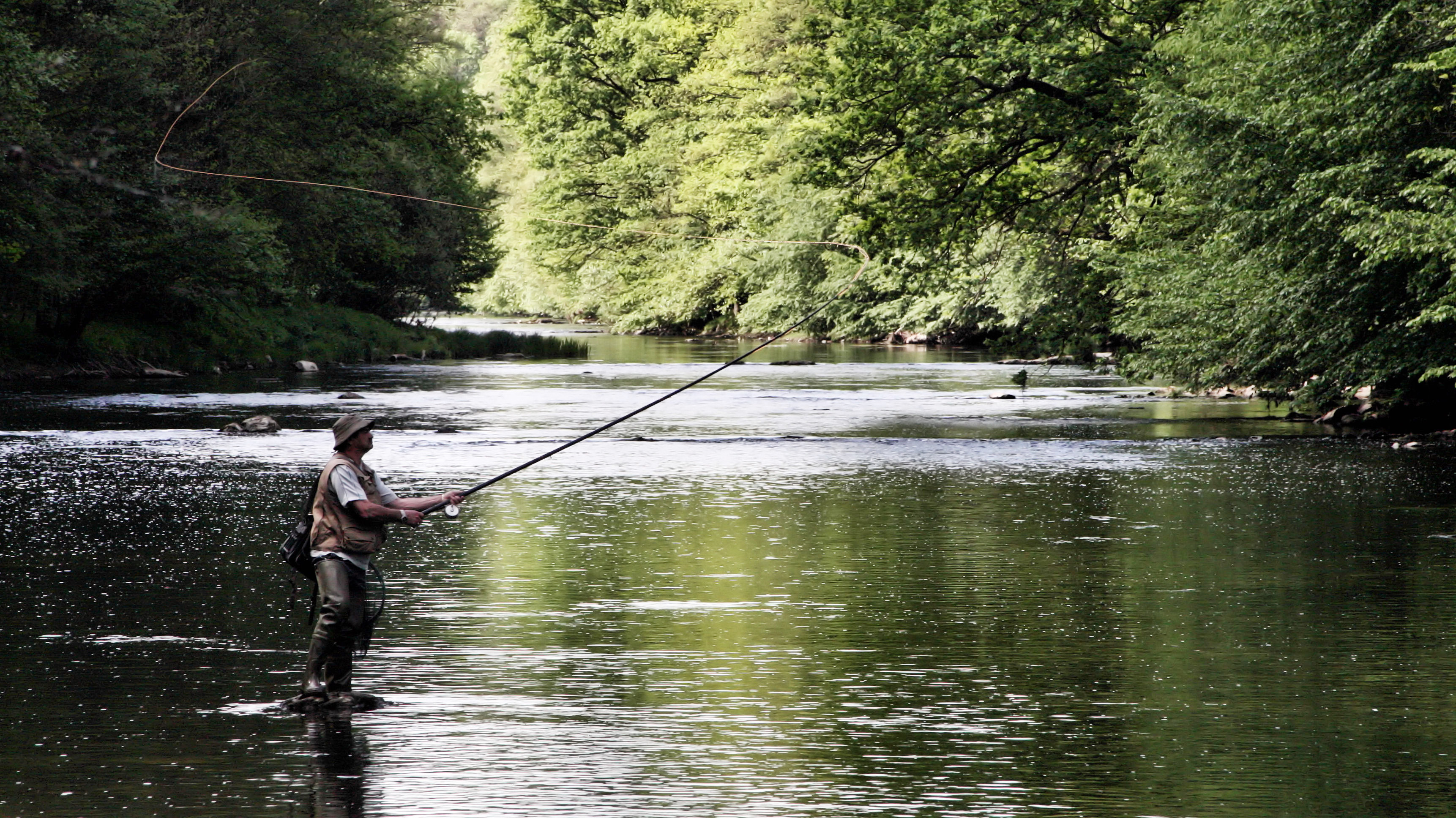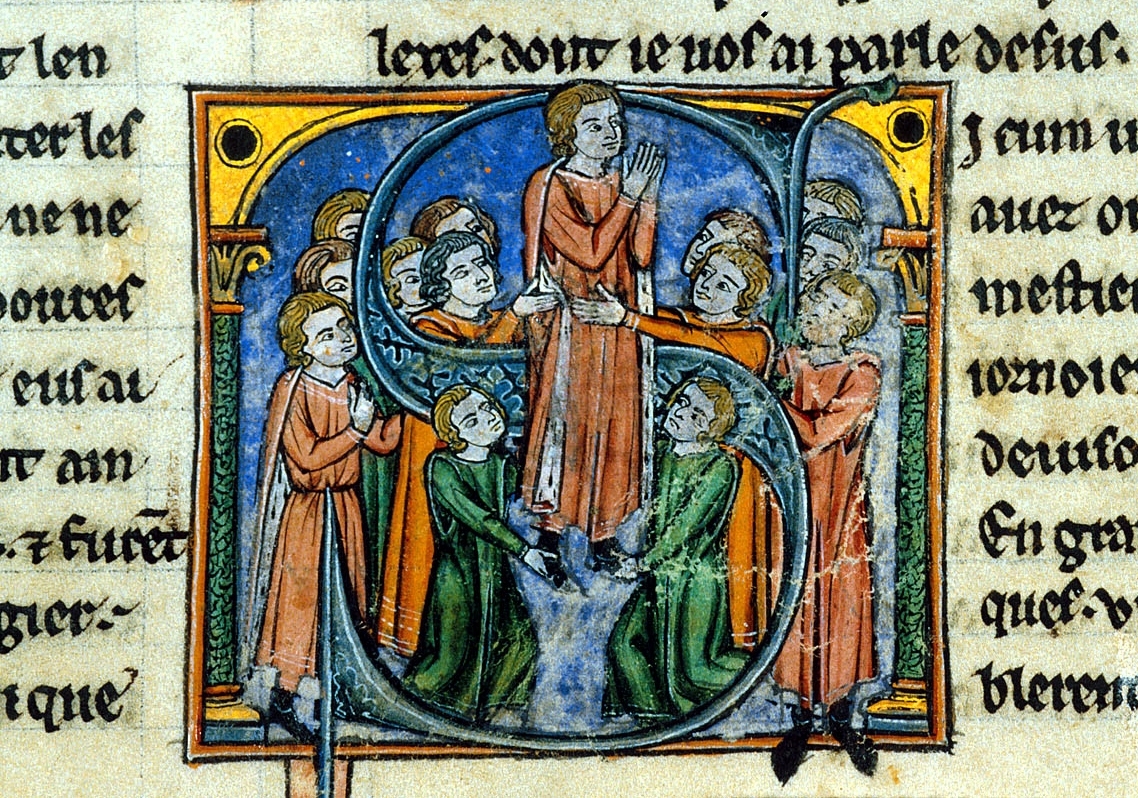|
Dukes Of Bouillon
The Duchy of Bouillon (french: Duché de Bouillon) was a duchy comprising Bouillon and adjacent towns and villages in present-day Belgium. The state originated in the 10th century as property of the Lords of Bouillon, owners of Bouillon Castle. Crusader Godfrey of Bouillon, later the first King of Jerusalem, sold Bouillon to the Prince-Bishopric of Liège, in 1095. The Prince-Bishops of Liège consequently became lords of Bouillon and eventually adopted the title of duke. The duchy was later claimed by members of the Houses of La Marck and La Tour d'Auvergne. From 1678, it was a sovereign duchy under French protection and ruled by La Tour. It was annexed by France in 1795. Geography The Duchy of Bouillon was a sovereign duchy until 1795. In 1789, it had a population of 2,500. The largest town was Bouillon, situated on the Semois. It also consisted of the surrounding villages: Sugny, Corbion, Alle, Rochehaut, Ucimont, Botassart, Sensenruth, Noirefontaine, Gros-Fays, Fays ... [...More Info...] [...Related Items...] OR: [Wikipedia] [Google] [Baidu] |
Lower Rhenish–Westphalian Circle
The Lower Rhenish–Westphalian Circle (german: Niederrheinisch-Westfälischer Reichskreis, nl, Nederrijns-Westfaalse Kreits) was an Imperial Circle of the Holy Roman Empire. It comprised territories of the former Duchy of Lower Lorraine, Frisia and the Westphalian part of the former Duchy of Saxony. The circle was made up of numerous small states, however the Counts De la Marck were able to collect a significant amount of territories, the United Duchies of Jülich-Cleves-Berg from 1521 on. The Empire's largest ecclesiastical territory was held by the Prince-Bishopric of Münster, Prince-Bishops of Münster. Composition The circle was made up of the following states: ;Tranfers : The Duchy of Guelders passed to the Burgundian Circle in 1548 : Luxembourg, Luxemburg passed to the Burgundian Circle in 1512 : The County of Drenthe passed to the Burgundian Circle in 1548 : The Lordship of Groningen passed to the Burgundian Circle in 1548 : The Lordship of Overijssel passed to ... [...More Info...] [...Related Items...] OR: [Wikipedia] [Google] [Baidu] |
Walloon Language
Walloon (; natively ; french: wallon) is a Romance language that is spoken in much of Wallonia and (to a very small extent) in Brussels, Belgium; some villages near Givet, northern France; and a clutch of communities in northeastern Wisconsin, U.S.Université du Wisconsin : collection de documents sur l'immigration wallonne au Wisconsin, enregistrements de témoignages oraux en anglais et wallon, 1976University of Wisconsin Digital Collection : Belgian-American Research Collection /ref> It belongs to the '' langues d'oïl'' language family, the most prominent member of which is French. The historical background of its formation was the territorial extension since 980 of the Principality of Liège to the south and west. Walloon is classified as "definitely endangered" by the UNESCO ''Atlas of the World's Languages in Danger''. Despite its rich literature, beginning anonymously in the 16th century and with well-known authors since 1756, the use of Walloon has decreased markedly s ... [...More Info...] [...Related Items...] OR: [Wikipedia] [Google] [Baidu] |
Paliseul
Paliseul (; wa, Palijhoû) is a municipality of Wallonia located in the province of Luxembourg, Belgium. On 1 January 2007 the municipality, which covers 112.96 km², had 5,055 inhabitants, giving a population density Population density (in agriculture: Stock (other), standing stock or plant density) is a measurement of population per unit land area. It is mostly applied to humans, but sometimes to other living organisms too. It is a key geographical ... of 44.8 inhabitants per km². The municipality consists of the following districts: Carlsbourg, Fays-les-Veneurs, Framont, Maissin, Nollevaux, Offagne, Opont, and Paliseul. Other population centers include: Beth, Bour, Merny, Our, and Plainevaux. Gallery File:Paliseul., église Saint Eutrope in straatzicht foto4 2014-06-12 12.11.jpg, Paliseul, church (l'église Saint Eutrope) File:Plainevaux, de Saint Barbe in straatzicht foto5 2014-0612 11.17.jpg, Plainevaux, church (l'église Saint Barbe) Fil ... [...More Info...] [...Related Items...] OR: [Wikipedia] [Google] [Baidu] |
Bertrix
Bertrix (; wa, Bietris) is a municipality of Wallonia located in the province of Luxembourg, Belgium. On 1 January 2007 the municipality, which covers 137.7 km², had 8,164 inhabitants, giving a population density of 59.3 inhabitants per km². Bertrix is home to the NATO reserve Jehonville Air Base. Geography The municipality consists of the following districts: Auby-sur-Semois, Bertrix, Cugnon, Jehonville, and Orgeo. Other population centers include: Climate Transport Bertrix railway station, in the east of the town, has regular train services to Libramont, Dinant and Virton. On week-days trains run via Virton and Aubange to Arlon. Twin towns Bertrix is twinned with: * Charmes ( France) (since 1968) * Rusca Montana ( Romania) (since 1990) * Church Point, Louisiana Church Point (french: Pointe-à-l'Église) is a town in Acadia Parish, Louisiana, United States. The population was 4,560 at the 2010 census. It is part of the Crowley Micropoli ... [...More Info...] [...Related Items...] OR: [Wikipedia] [Google] [Baidu] |
Alle, Belgium
Vresse-sur-Semois (, literally ''Vresse on Semois''; wa, Vresse) is a municipality of Wallonia located in the province of Namur, Belgium. The municipality consists of the following districts: Alle, Bagimont, Bohan, Chairière, Laforêt, Membre, Mouzaive, Nafraiture, Orchimont, Pussemange, Sugny, and Vresse. On its south and west, the municipality borders the Ardennes department of France. It is about north of Sedan. See also * List of protected heritage sites in Vresse-sur-Semois This table shows an overview of the protected heritage sites in the Walloon town Vresse-sur-Semois. This list is part of Belgium's national heritage. See also * List of protected heritage sites in Namur (province) ... References External links * Official website(in French)Bohan sur Semois village in Vresse community website Municipalities of Namur (province) {{Namur-geo-stub ... [...More Info...] [...Related Items...] OR: [Wikipedia] [Google] [Baidu] |
Semois
The Semois (; ''Simwès'' in Walloon, often under elided form ''Smwès''; ''Semoy'', ''Sesbach'' in German, ''Setzbaach'' in Luxemburgish of Arlon; and known as the ''Semoy'' in France) is a river flowing from the Ardennes uplands of Belgium and France towards the Meuse, of which it is a right tributary. The source of the Semois is in Arlon, Wallonia, in the Belgian province of Luxembourg, close to the border with the Grand Duchy of Luxembourg. Flowing in a roughly westerly direction, it enters France after passing through the Belgian village of Bohan-sur-Semois and forms about of the Belgian–French border. It joins the Meuse further downstream in Monthermé. The total length of the river is . Other places on the banks of the Semois are Chiny, Florenville, Herbeumont, Bouillon (including the localities of Dohan Dohan ( wa, Dôhan), sometimes known as Dohan-sur-Semois, is a village of Wallonia and a district of the municipality of Bouillon, located in the provinc ... [...More Info...] [...Related Items...] OR: [Wikipedia] [Google] [Baidu] |
House Of La Tour D'Auvergne
La Tour d'Auvergne () was a noble French dynasty. Its senior branch, extinct in 1501, held two of the last large fiefs acquired by the French crown, the counties of Auvergne and Boulogne, for about half a century. Its cadet branch, extinct in 1802, ruled the duchy of Bouillon in the Southern Netherlands from 1594, and held the dukedoms of Albret and Château-Thierry in the peerage of France since 1660. The name was also borne by Philippe d'Auvergne, an alleged collateral of the original Counts of Auvergne, and was adopted by the famous soldier Théophile Corret de la Tour d'Auvergne, who descended from an illegitimate line of the family. Senior line: counts of Auvergne and Boulogne Although various La Tours are mentioned in the documents from the 11th and 12th century, the family history remains unclear until the 13th century, when they owned the lordship of la Tour in the county of Auvergne, hence the name. The medieval family was related through marriages to other nota ... [...More Info...] [...Related Items...] OR: [Wikipedia] [Google] [Baidu] |
Prince-Bishopric Of Liège
The Prince-Bishopric of Liège or Principality of Liège was an ecclesiastical principality of the Holy Roman Empire that was situated for the most part in present-day Belgium. It was an Imperial Estate, so the bishop of Liège, as its prince, had a seat and a vote in the Imperial Diet. The Prince-Bishopric of Liège should not be confused with the Diocese of Liège, which was larger and over which the prince-bishop exercised only the usual responsibilities of a bishop. The bishops of Liège acquired their status as prince-bishops between 980 and 985 when Bishop Notker of Liège, who had been the bishop since 972, received secular control of the County of Huy from Otto II, Holy Roman Emperor. From 1500, the prince-bishopric belonged to the Lower Rhenish–Westphalian Circle. Its territory included most of the present Belgian provinces of Liège and Limburg, and some exclaves in other parts of Belgium and the Netherlands. It briefly became a republic (the Republic of Li ... [...More Info...] [...Related Items...] OR: [Wikipedia] [Google] [Baidu] |
King Of Jerusalem
The King of Jerusalem was the supreme ruler of the Kingdom of Jerusalem, a Crusader state founded in Jerusalem by the Latin Catholic leaders of the First Crusade, when the city was conquered in 1099. Godfrey of Bouillon, the first ruler of the Kingdom of Jerusalem, refused the title of king choosing instead the title , that is Advocate or Defender of the Church of the Holy Sepulchre. In 1100 Baldwin I, Godfrey's successor, was the first ruler crowned as king. The crusaders in Jerusalem were conquered in 1187, but their Kingdom of Jerusalem survived, moving the capital to Acre in 1191. Crusaders re-captured the city of Jerusalem in the Sixth Crusade, during 1229–1239 and 1241–1244. The Kingdom of Jerusalem was finally dissolved with the fall of Acre and the end of the Crusades in the Holy Land in 1291. Even after the Crusader States ceased to exist, the title of "King of Jerusalem" was claimed by a number of European noble houses descended from the kings of Cyprus ... [...More Info...] [...Related Items...] OR: [Wikipedia] [Google] [Baidu] |
Godfrey Of Bouillon
Godfrey of Bouillon (, , , ; 18 September 1060 – 18 July 1100) was a French nobleman and pre-eminent leader of the First Crusade. First ruler of the Kingdom of Jerusalem from 1099 to 1100, he avoided the title of king, preferring that of prince (''princeps'') and ''Advocatus Sancti Sepulchri'', or Advocate of the Holy Sepulchre. Second son of Eustace II, Count of Boulogne, Godfrey became Lord of Bouillon in 1076 and in 1087 Emperor Henry IV confirmed him as Duke of Lower Lorraine, a reward for his support during the Great Saxon Revolt. Along with his brothers Eustace III and Baldwin of Boulogne, Godfrey joined the First Crusade in 1096. He took part in actions at Nicaea, Dorylaeum and Antioch, before playing a key role during the capture of Jerusalem in 1099. When Raymond IV of Toulouse declined the offer to become ruler of the new kingdom, Godfrey accepted the role and secured his kingdom by defeating the Fatimids at Ascalon a month later, bringing the First Crusade to ... [...More Info...] [...Related Items...] OR: [Wikipedia] [Google] [Baidu] |
Bouillon Castle
Bouillon Castle (french: Château de Bouillon) is a medieval castle located in Wallonia in the town of Bouillon in the province of Luxembourg, Belgium. Although it was mentioned first in 988, at castles.org there has been a castle on the same site for a much longer time. The castle is situated on a rocky spur of land within a sharp bend of the Semois River.  In 1082, Bouillon Castle was inherited by
In 1082, Bouillon Castle was inherited by
|





